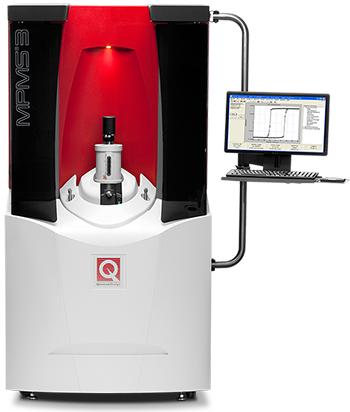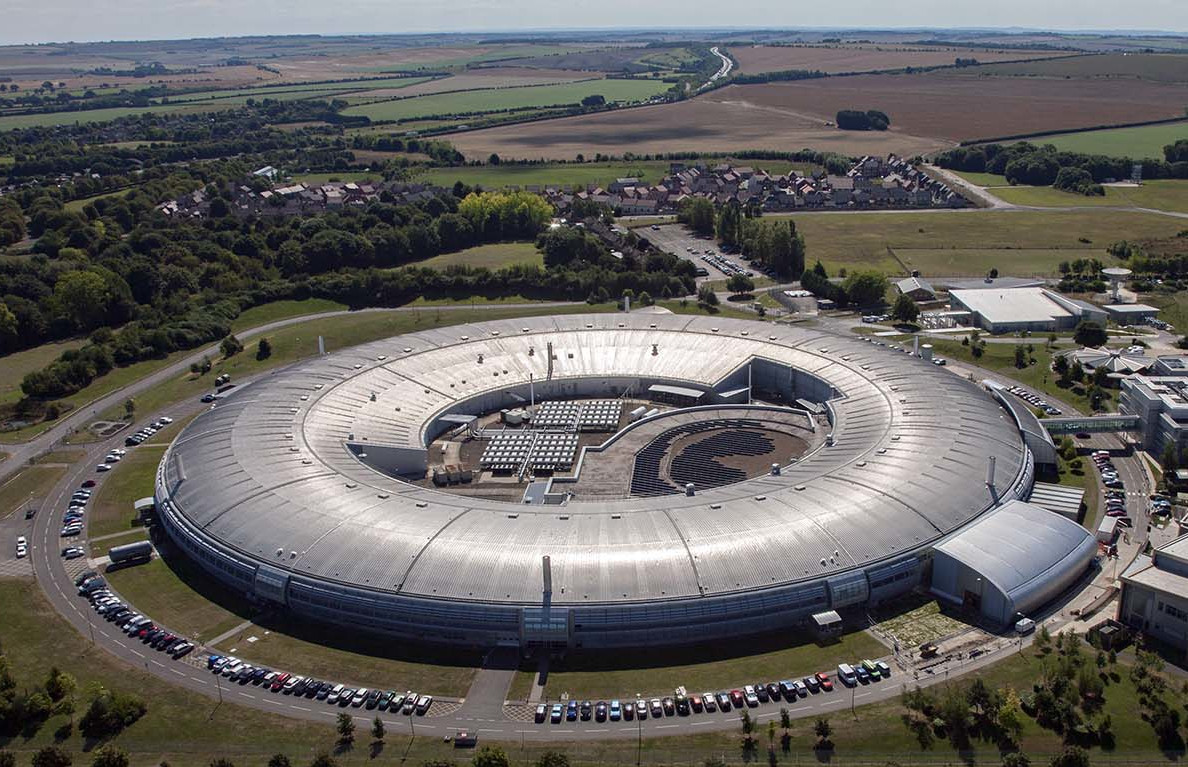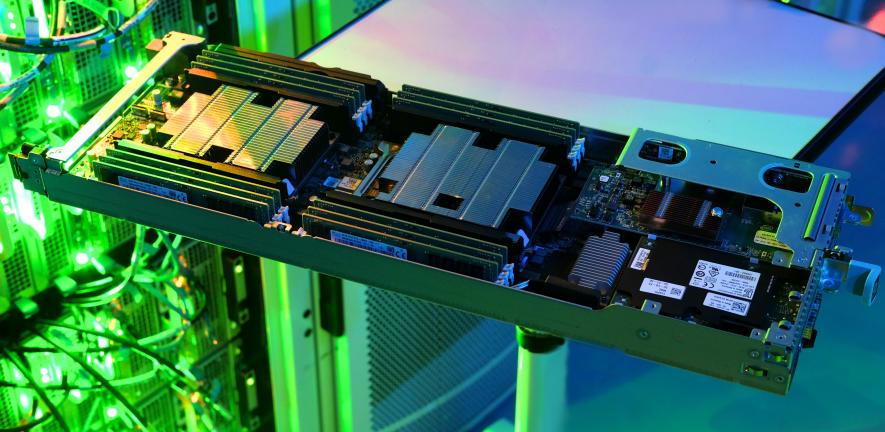
Crystal Synthesis and Device Fabrication
Our selection of materials synthesis apparatus includes chamber furnaces, multi-zone tube furnaces (for example for the growth of single crystals using chemical vapour transport) and a newly designed radio-frequency electro-magnetic induction furnace for the preparation of ultra-pure single crystals of intermetallic compounds. We have access to clean room facilities for the preparation of micro and nano-electronic devices using photolithography and electron-beam lithography. Furthermore we are able to synthesize epitaxial films as thin as a single molecular layer e.g. using pulsed-laser deposition. The stoichiometry and crystal structures may be investigated with X-ray photoelectron spectroscopy as well as single-crystal and powder X-ray diffraction techniques. The latter may be performed at temperatures down to a few Kelvin.







